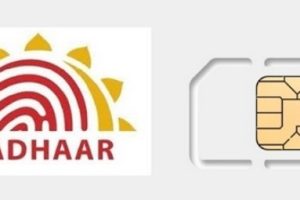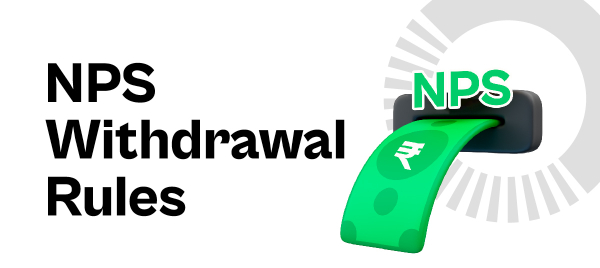National Pension System (NPS) subscribers will soon get a new option for funds withdrawal as the pension fund regulator PFRDA plans to come out with a systematic withdrawal plan. “It is at a very advanced stage. Hopefully, by the end of next quarter we should be able to come out with a scheme like that,” PFRDA Chairman Deepak Mohanty told PTI in an interview.
Will NPS become more attractive to subscribers?
By allowing subscribers the flexibility to systematically withdraw their balance, the NPS scheme can be made more attractive to subscribers. “This will allow subscribers to set a cadence of how much and when they want to withdraw their balance, instead of being tied down with an annuity for the entire post-retirement period. This withdrawal can then be used to meet specific needs, where a larger corpus may be required,” said Archit Gupta, Founder, and CEO, Clear
The ‘Systematic Lumpsum Withdrawal (SLW)’ Option will allow NPS subscribers who have reached 60 years of age to withdraw their accumulated corpus in a staggered manner. “They can choose to withdraw monthly, quarterly, half-yearly, or annually until the age of 75. This flexibility provides liquidity and allows the retirement savings to continue growing with market-linked returns for an additional 15 years, preserving the power of compounding,” said Amit Gupta, MD, SAG Infotech.
Benefits of NPS systematic lump sum withdrawal option for subscribers
The benefits of the SLW Option include fostering a disciplined approach to utilizing the retirement corpus, benefiting from rupee-cost averaging, potentially growing the nest egg, and countering inflation.
As per Amit Gupta, by availing of this option, individuals can better manage their retirement expenses and ensure long-term financial well-being.
How will the proposed NPS withdrawal system work?
To activate the SLW option, NPS subscribers need to submit a request specifying the desired frequency of withdrawals, and start and end dates. It’s important to note that once the SLW is activated, contributions to the mandatory Tier I account cannot be made, said Amit Gupta.
Apart from the SLW Option, NPS subscribers have other choices. They can defer the withdrawals, continue to remain invested with the 60% component, and decide the drawdowns according to their financial circumstances and risk appetite. The remaining 40% component will be used to purchase an annuity, which is tax-exempt and not subject to Goods and Services Tax (GST), added Gupta.
The National Pension System (NPS) is a government-backed retirement scheme regulated by the Pension Fund Regulatory and Development Authority (PFRDA). The NPS has delivered impressive long-term market-linked returns, outperforming other comparable retirement options such as the Public Provident Fund (PPF) and Employees Provident Fund (EPF).
NPS withdrawal rule change: Tax benefits
As per Archit Gupta, all of such withdrawals are likely to be fully taxable, unless a corresponding tax relief is considered.
While partial withdrawals and the annuity purchase enjoy tax benefits, the pension received from the annuity is treated as income and taxed accordingly. Unlike the PPF or EPF, the NPS does not have an absolute tax-exempt status.
NPS withdrawal: What is the current rule?
Currently, National Pension Scheme (NPS) subscribers after turning 60 years withdraw up to 60 per cent of the retirement corpus as a lump sum while the remaining 40 per cent of the corpus mandatorily goes into buying an annuity.
NPS offers a worthy investment avenue for retirement needs, provided individuals are comfortable with market-linked returns and calculated risks.
Source By: livemint










